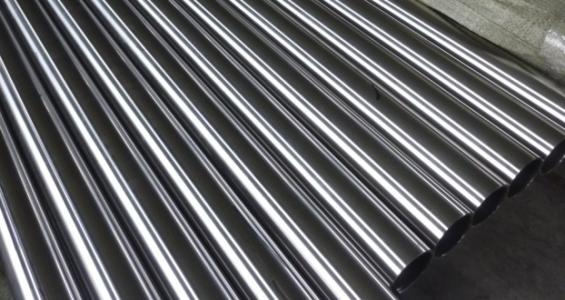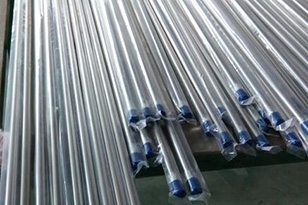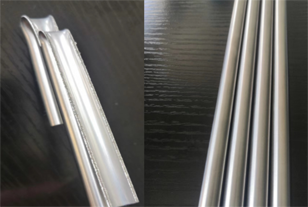Do you know about stainless steel?
Do you know about stainless steel?
Stainless steel is a steel alloy with 10.5% chromium 1.2% carbon.
The remarkable characteristic of stainless steel is its corrosion resistance, which increases with the increase of chromium content. The addition of molybdenum improves the corrosion resistance of reducing acid pitting corrosion resistance of chloride solution. Therefore, there are many grades of stainless steel with different chromium molybdenum contents that can adapt to the environment the alloy is subjected to. Stainless steel's corrosion pollution resistance, low maintenance costs familiar gloss make it an ideal material for many applications requiring steel strength corrosion resistance.
Stainless steel is rolled into sheet, plate, strip, line tube. Its corrosion resistance, easy steam cleaning disinfection, no surface coating also affect its application in commercial kitchens food processing plants.
At high temperatures, all metals react with hot gases. The common high temperature gas mixture is air, oxygen is the active component in the air. The temperature of carbon steel in air is limited to 480 ° C. Chromium in stainless steel reacts with oxygen to form chromium oxide scale, which reduces the diffusion of oxygen into the material. The chromium content in stainless steel is at least 10.5% can withstand about 700 ° C, while 26% chromium can withstand about 1200 ° C. Type 304 is a common grade stainless steel, containing 18% chromium is resistant to about 870 ° C. Other gases, such as sulfur dioxide, hydrogen sulfide, carbon monoxide, chlorine, will also corrode stainless steel. The resistance to other gases depends on the gas type, stainless steel temperature alloy content.
With the increase of chromium content, silicon aluminum content, a small amount of cerium yttrium can increase the adhesion of oxide layer on the surface of Fe Cr Al Fe stainless steel for resistance alloy. Like steel, stainless steel is a relatively poor conductor with a significantly lower conductivity than copper.
When the two metal surfaces move relative to each other, the wear occurs under high pressure. Austenitic stainless steel fasteners are particularly vulnerable to wear, although they also occur in other alloys of self protective oxide surface films, such as aluminum titanium. Under high contact sliding, the oxide deforms, breaks is removed the part, exposing the exposed active metal. When two surfaces are of the same material, the exposed surfaces are easily fused together. The separation of the two surfaces can lead to surface rupture even seizure of metal parts fasteners. Wear can be reduced by using different materials using different stainless steels.
Austenitic stainless steel is a group of stainless steel, accounting for about two-thirds of the total stainless steel production. They have austenite microstructure, namely face centered cubic crystal structure. This microstructure is achieved by alloying with sufficient nickel manganese nitrogen to maintain the austenite microstructure at all temperatures the low temperature zone to the melting point. Therefore, austenitic stainless steels have the same microstructure at all temperatures cannot be hardened by heat treatment. Thin plates small diameter steel bars can be processed reinforced by cold working. Their austenite structure makes them have good formability weldability, basically non-magnetic, maintain their ductility at low temperatures.
The ferrite structure of ferritic stainless steel is similar to that of carbon steel. It is a body centered cubic crystal structure with 10.5% to 27% chromium little nickel. Due to the addition of chromium, the microstructure exists at all temperatures , like austenitic stainless steel, cannot be hardened by heat treatment. They cannot be cold worked like austenitic stainless steel. But they can be as magnetic as carbon steel.
















